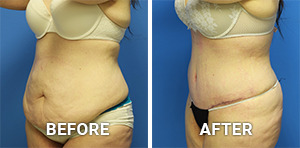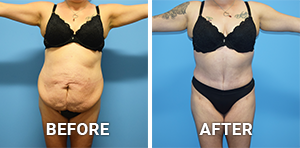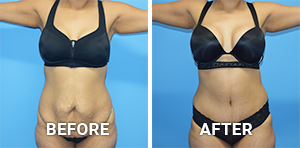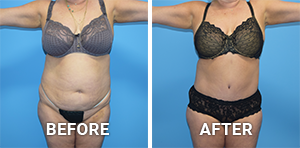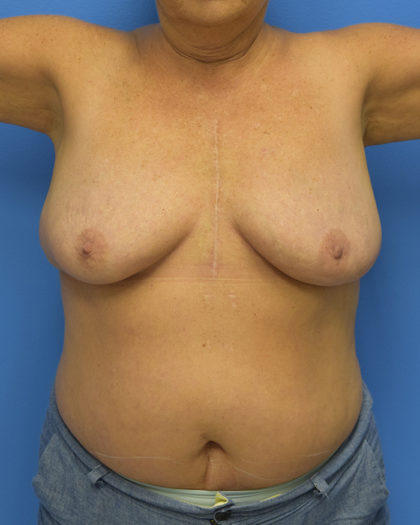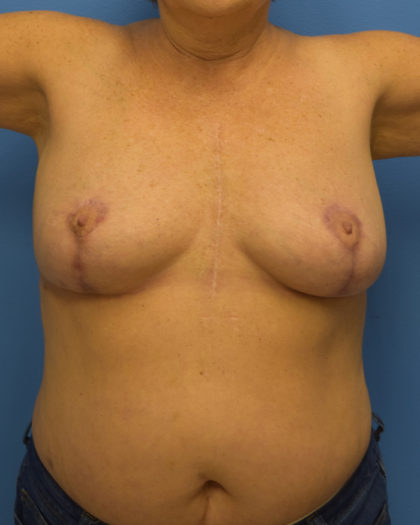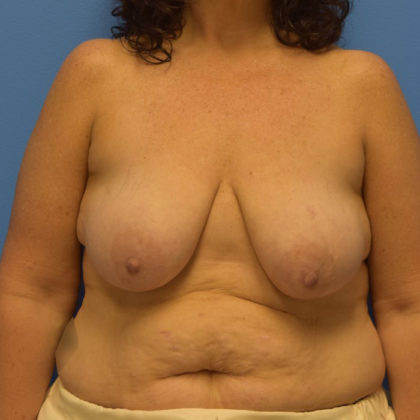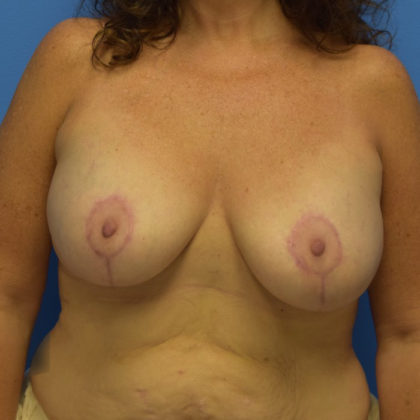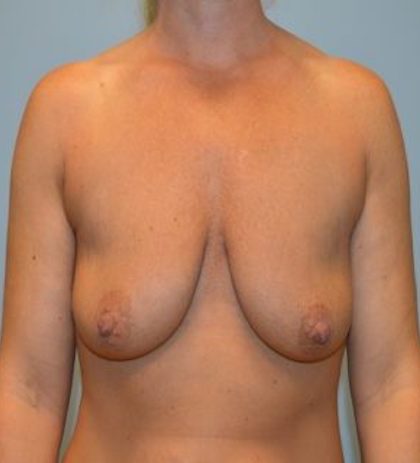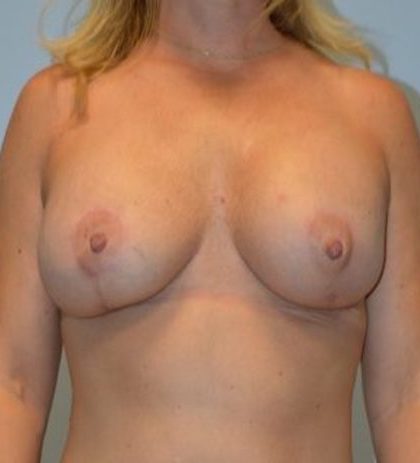Breast Lift
Conveniently located to serve the areas of Houston and Katy, TX

A breast lift, also known as a mastopexy, is a surgical procedure that rejuvenates and restores the appearance of sagging breasts. Over time, factors such as pregnancy, breastfeeding, weight fluctuations, and aging can cause breasts to lose their youthful shape and firmness.
To learn more about breast lift surgery, schedule a consultation with Dr. Bonnor today by calling (281) 579-5638.

Contents
Before and After Photos
About Breast Ptosis
Breast ptosis or sagging breast can occur in patients of all ages and breast sizes. It is commonly associated with the following factors: (1)
- Aging
- Macromastia (Excessively Large Breasts)
- Weight Loss
- Pregnancy
- Hormonal Changes
Nipple-Areolar Complex
The nipple-areolar complex (NAC) refers to the pigmented area surrounding the nipple, including the nipple itself. In cases of breast ptosis, this complex tends to descend or move lower on the breast mound. This descent can vary in severity, ranging from a mild lowering to a more significant displacement. (2)
In addition to the downward movement, the nipple-areolar complex may also undergo other changes. An increase in the size of the pigmented area is often observed in breast ptosis. This enlargement is a result of the stretched skin and loss of elasticity in the breast tissues.
Lower Breast Pole
In cases of breast ptosis, the lower breast pole (the part of the breast below the NAC) undergoes transformations. Firstly, there is a descent or lowering of the breast tissue, causing it to shift downwards from its original position. This displacement leads to a loss of projection and can result in an unbalanced appearance between the upper and lower portions of the breast.
The Regnault Classification System
To help classify the severity of breast ptosis, surgeons use the Regnault breast ptosis scale. The Regnault scale categorizes breast ptosis into different levels based on the position of the nipple in relation to the inframammary fold, which is the crease beneath the breast. (3)
- Grade 1: At the mildest level of breast ptosis, the nipple is positioned at the same level as the inframammary fold. While some drooping may be present, it is minimal.
- Grade 2: Moderate breast ptosis is characterized by the nipple lying below the inframammary fold but still remaining above the lower contour of the breast. This level of ptosis often requires a more comprehensive surgical approach to achieve desired results.
- Grade 3: Advanced breast ptosis is evident when the nipple is situated below the inframammary fold and near the lowest point of the breast. This grade typically requires more extensive surgical intervention to restore a youthful breast appearance.
Candidates for Breast Lift Surgery
Candidates for a breast lift are individuals who are unhappy with the shape, position, or sagging of their breasts. Common concerns that lead patients to seek a breast lift include:
- Sagging or drooping breasts
- Loss of breast volume
- NAC positioned low on the breast
- Breast asymmetry
- Stretch marks or excess skin
The ideal candidate for a breast lift is someone who is in good overall health, maintains a stable weight, and has realistic expectations for the outcome of the procedure. It is important for candidates to be non-smokers, as smoking will hinder the healing process and increase the risk of complications. (1)
Augmentation Mastopexy

It’s important to note that a breast lift does not significantly change the size of the breasts. However, it can be combined with breast augmentation surgery to enhance the upper pole which is the portion or hemisphere above the nipple-areolar complex. (4)
Commonly Asked Questions (FAQ)
Can a Breast Lift Correct Breast Asymmetry?
Yes, a breast lift can help correct breast asymmetry to some degree. During a breast lift procedure, the surgeon can make adjustments to each breast individually to create a more symmetrical appearance. This may involve removing different amounts of skin and tissue from each breast, repositioning the nipples, and reshaping the breast contours. However, it’s important to note that achieving perfect symmetry is not always possible, as natural breast asymmetry is common in most individuals.
What is the Best Age for a Breast Lift?
There is no specific age requirement for a breast lift. The best candidates for this procedure are women who are bothered by breast sagging. It is important for patients to be in good overall health and have realistic expectations about the outcome of the surgery. During a consultation, the surgeon will assess the patient’s individual needs and goals to determine if they are a suitable candidate for a breast lift.
Does a Breast Lift Improve Breast Firmness?
A breast lift primarily focuses on lifting and reshaping the breasts. The procedure involves removing excess skin, tightening the surrounding tissues, and repositioning the nipple-areolar complex to a higher position on the breast mound.
References
- Martinez AA, Chung S. Breast Ptosis. PubMed. Published 2023. Accessed August 17, 2023. https://www.ncbi.nlm.nih.gov/books/NBK567792/#:~:text=Breast%20ptosis%20is%20characterized%20by
- Li D, Cheong A, Reece GP, Crosby MA, Fingeret MC, Merchant FA. Computation of breast ptosis from 3D surface scans of the female torso. Computers in Biology and Medicine. 2016;78:18-28. doi:https://doi.org/10.1016/j.compbiomed.2016.09.002
- Kirwan L. A classification and algorithm for treatment of breast ptosis. Aesthetic Surgery Journal. 2002;22(4):355-363. doi:https://doi.org/10.1067/maj.2002.126746
- Ramanadham SR, Rose Johnson A. Breast Lift with and without Implant: A Synopsis and Primer for the Plastic Surgeon. Plastic and Reconstructive Surgery Global Open. 2020;8(10):e3057. doi:https://doi.org/10.1097/GOX.0000000000003057

